|
The exhibition, Fire in the Librar y, Demonstration, the Earth and Elsewhere, can, without hesitation, be presented by the subtitle of one of the exhibited works, The Axe. It deals with a quote from a scientific publication of Einstein’s Theory of Relativity, published in Berlin in 1922, within which the artists have found key idealistic passages underlined by someone. “There is a revolution taking place in science. Centuries old principles are being discarded, replaced by new ones that will serve as the basis for the construction and expansion of grandiose building blocks of exact sciences for centuries to come.” This crazy Rodczenko-esque optimism, which replaces the genius with the engineer, is something that these artists, use both serious and demeaning justifications, try to reconstruct. Contemporary content is confronted with historical iconography and is dealt with devotional fragmented historical routine. It is admirable how this ultraconservative demonstration is able to successfully remediate the repeated experience of avant-garde forums. We are being futuristically hurled back in time, made aware that we have a red light, or do we? The adventurous journey of the artistic and socialist style comes to a halt in the 17th century at the reconstruction of the white flag of Liberty in a proto-socialist state that founded the corsair mission on Madagascar in the year 1695. A time when the restructuring of the spheres of influence caused the migration of pirates operating in the Caribbean and pirates of the Atlantic to relocate to the Indian ocean. By referring to the potential of the fermentation of ideas between the wars, a declaration is made concerning a crisis of the intellectual and ideological function of art. The choice of the Cubist format is neither a coincidence nor an emotional response. The format is supported by honesty and the presence of Cubistic statements, where a still life with guitar is actually that and not a prop to hide another mysterious fact. At the same time, we find an umbrella, a globe, a book, a flag, a factory an iceberg hole, a wall…adjoined to the gallery walls, symbols scrutinized to stylish creative analysis. This clarity of iconography paradoxically and clearly evokes a feeling of relative confusion and uncertainty in today’s times. In this atmosphere those of us for whom cubism is merely a historical movement, the paintings take on an unexpected beauty. The exhibit intentionally strains the relations between current art from basic tendencies in which recent artists used to attain peaks par excellence in their painting styles.


Recommended articles

|
|
Goff & Rosenthal gallery, Berlin, November 18 - December 30, 2006
Society permanently renegotiates the definition of drugs and our relationship towards them. In his forty-five minute found-footage film The Conquest of Happiness, produced in 2005, Oliver Pietsch, a Berlin-based video artist, demonstrates which drugs society can accommodate, which it cannot, and how the story of the drugs can be…
|

|
|
There is nothing that has not already been done in culture, squeezed or pulled inside out, blown to dust. Classical culture today is made by scum. Those working in the fine arts who make paintings are called artists. Otherwise in the backwaters and marshlands the rest of the artists are lost in search of new and ever surprising methods. They must be earthbound, casual, political, managerial,…
|

|
|
Borrowing heavily from fairy tales, fables and science fiction, the art of Magda Tóthová revolves around modern utopias and social models and their failures. Her works address personal and social issues, both the private and the political. The stylistic device of personification is central to the social criticism emblematic of her work and to the negotiation of concepts used to construct norms.…
|
|







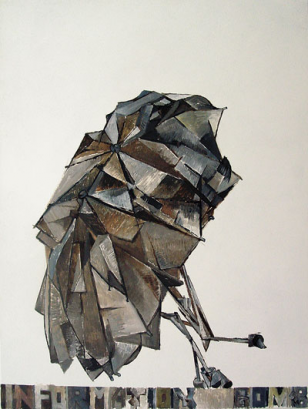
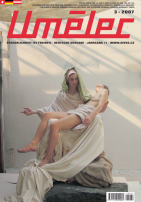



















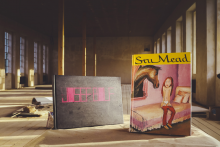
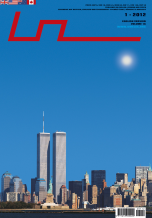
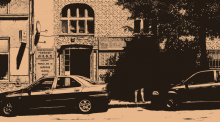


 New book by I.M.Jirous in English at our online bookshop.
New book by I.M.Jirous in English at our online bookshop.
Comments
There are currently no comments.Add new comment